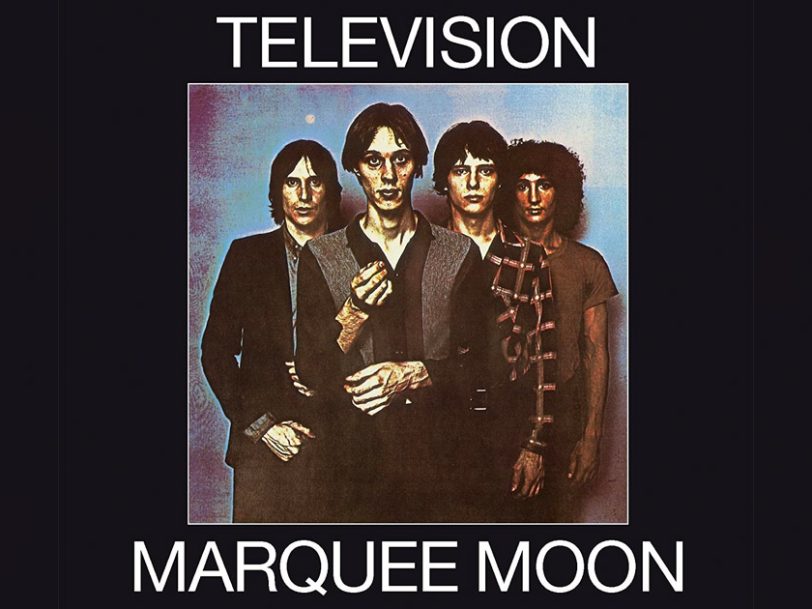After cutting their teeth gigging at iconic live venues such as CBGB and Max’s Kansas City since the early 70s, New York City rock group Television emerged from the same proto-punk groundswell of inner-city creativity that helped produce the likes of Ramones, Patti Smith, Talking Heads and Blondie. Led by singer/guitarist Tom Verlaine – his adopted surname a nod to the French symbolist poet Paul Verlaine – and fellow guitarist Richard Lloyd, the band wowed audiences with their ability to fuse cryptic and poetic lyrical sensibilities with shimmering guitar tones and dazzlingly ambitious soloing. With their seminal debut album, Marquee Moon, Television’s vivid sonic textures and Verlaine’s streetwise snarl helped reinvigorate rock’n’roll at the dawn of the post-punk era. Here is the story of how Television’s debut emerged as an immediate classic that still proves hugely inspirational to this day.
Listen to ‘Marquee Moon’ here.




